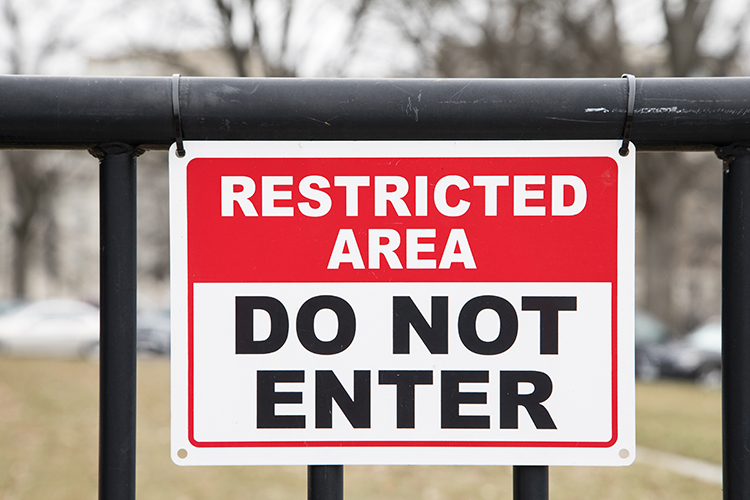
“An ounce of prevention is worth a pound of cure” rings true in many places on a dairy farm, maybe none more so than in controlling disease. We strive to provide the best possible environment for all animals, take care to clean and disinfect equipment, and utilize effective vaccination protocols. Still, there are many ways a disease can enter a herd, and following biosecure practices can be a good insurance policy.
Most biosecurity standards are fairly common sense and are probably already being used on your farm, wrote Fred Hall in a Dairy E-News and Views. For further protection, the dairy field specialist with Iowa State Extension shared that the first place to review your procedures could be evaluating how visitors gain access to your facilities and what they could be bringing with them, particularly on their vehicles. After all, numerous people may be coming in every day from a variety of locations — think the milk truck, feed trucks, or salespeople.
Hall suggested limiting access to gated entry sites with clear, visible signage describing that this is a biosecure area. Include who to contact for permission to enter because gates and buildings should be locked when not in use, he continued.
Inside the farm, use signs to direct vehicles to park in designated areas, preferably hard surfaced, that are away from dairy facilities, feed storage areas, and manure handling routes as much as possible. Specifically, do not allow outside vehicles to drive through cow lanes or those for feed or manure equipment to avoid potential contamination, Hall noted.
He also recommended cleaning and disinfecting any trailers, vehicles, and other equipment that are shared and used among multiple farms. This may include tires and wheel wells if a vehicle has to drive through production areas in a place with a known disease outbreak.
Limit pest population
Besides people, pests may be another way disease is introduced to the herd. Have a written pest control plan that includes regular service, Hall advised. If you are baiting pests, be sure to follow the directions on the chemicals and keep them out of reach for dairy animals and any pets. He added, “Keep pets out of animal production sites, as they can spread disease, too!”
Exclusion should be the goal of rodent and wildlife control, Hall explained. In the case of wildlife, this means effective fencing or enclosed housing. To prevent rodents from entering barns, shut up possible pathways they could use and eliminate piles of debris that could be used as hiding places. Also keep excess feed from building up, as that will attract hungry mice and rats.
Insects are also carriers of disease, and eliminating their breeding grounds is the most effective form of control, Hall said. Manure storage, waste feed, ponds or other stagnant water, and tall grasses may all harbor breeding flies, beetles, mosquitos, and more. Maintaining neat facilities will reduce the number of all types of pests and prevent them from transmitting diseases.








